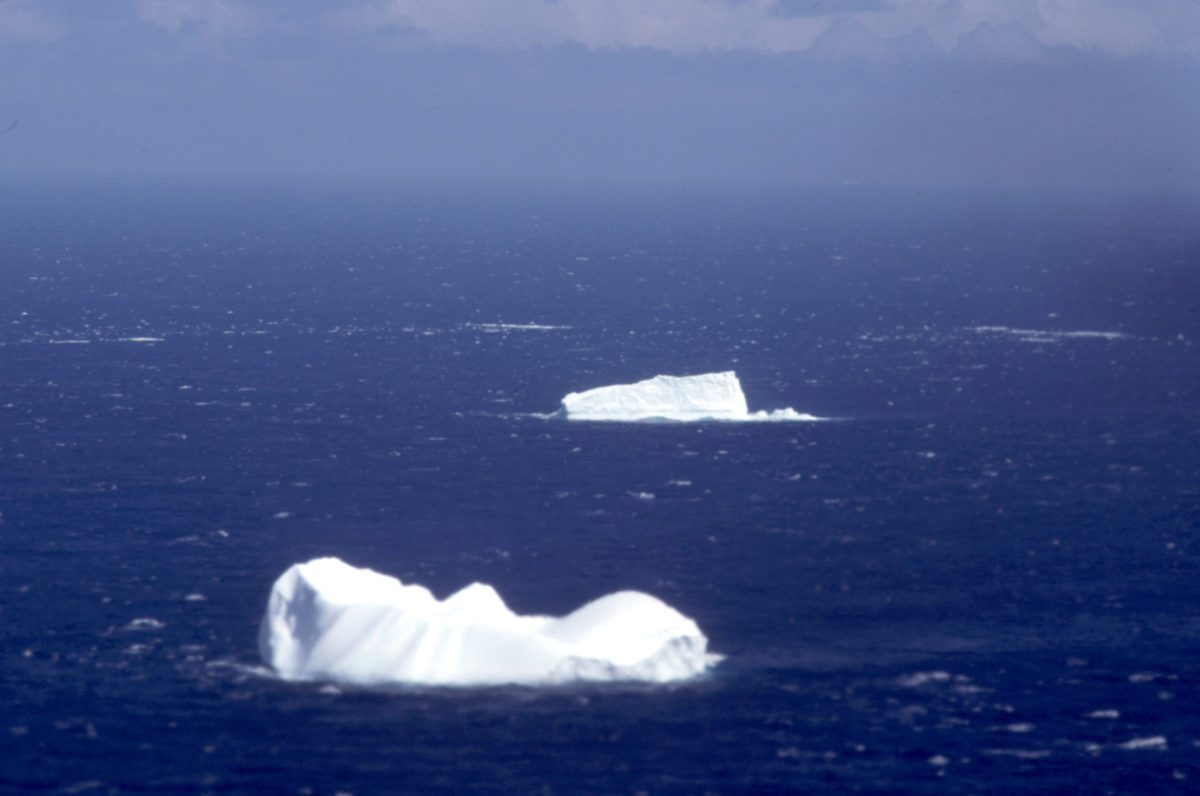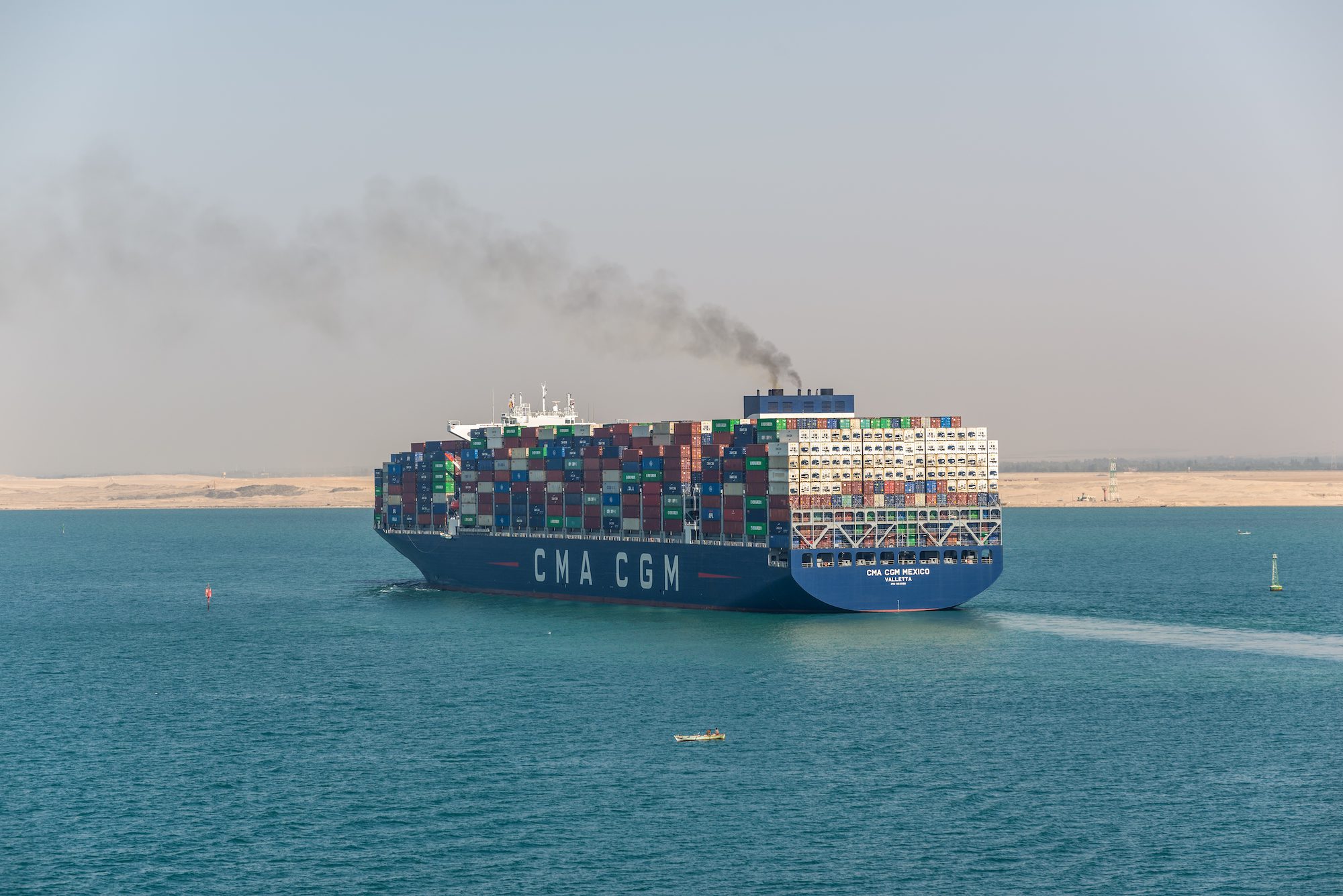Icebergs spotted somewhere in the North Atlantic during a U.S. Coast Guard International Ice Patrol. U.S. Coast Guard Photo
By Brian K. Sullivan
(Bloomberg) — Every day, Gabrielle McGrath thinks about the Titanic and the 1,517 lives lost when the White Star Line ship struck an iceberg in April 1912.
McGrath, a commander in the U.S. Coast Guard, heads the International Ice Patrol and it’s their job to make sure the tragedy isn’t repeated. And since 1913, when the patrol started, no ship heeding its warnings has struck an iceberg.
“That is why we do what we do, to keep that from happening again,” she said. Given current weather patterns, this year may be a busy one for her crew.
The job of the Ice Patrol stands at the intersection of history, necessity and weather, as crews look for ice in the North Atlantic’s sea lanes near Newfoundland’s Grand Banks.
From Feb. 1 to Aug. 31, the U.S. has responsibility for the sea lanes, while the rest of the year the Canadian Ice Service covers the area. The data gathered is then published so ships can avoid the iceberg limit, the southernmost point that the mountains of ice will reach.
“Icebergs are not a winter phenomenon,” said Joseph Murphy, a professor of marine transportation at the Massachusetts Maritime Academy in Buzzards Bay, Massachusetts. Greenland glaciers shed bergs that drift south along the Labrador Current and into the shipping lanes on the North Atlantic.
Shipping Dangers
“To strike solid ice at speed of 20 knots or so would almost assuredly cause hull penetration,” Murphy said. “The No. 1 problem with ice is that classic picture where 25 percent is above water and three-quarters are below water. ”
While long-term climate forces created the glaciers that are shed from 10,000 to 15,000 icebergs each year, it’s weather that can determine how many actually end up in the shipping lanes.
McGrath said the fluctuations in a weather pattern known as the North Atlantic Oscillation can determine if there are few icebergs to contend with or fleets of them lurking in the water.
The oscillation, which is a difference in air pressure between the Iceland Low and the Azores High, can affect weather across the U.S. For instance, when it’s in its negative phase, cold air is typically bottled up in the East, freezing cities from New York to Boston.
For McGrath, it’s the positive phase that brings on trouble, because that changes wind patterns across the North Atlantic.
Severe Season
“When that index is positive, it’s an indicator that we will have a severe season,” McGrath, who is based in New London, Connecticut, said by telephone.
Last year, when the oscillation stayed positive through most of the North American winter, 1,546 icebergs drifted into the shipping lanes, the sixth-most on record, McGrath said.
This year it has been positive as well, meaning it will probably be another busy year in the North Atlantic and one more challenge to the Ice Patrol’s perfect record.
And another year to remember the tragedy that brought them into being.
In a few weeks, two donated wreaths will be brought to New London, where they will be blessed, McGrath said.
Then the members of the Ice Patrol will fly out over the spot where the Titanic sank, and those flowers will be dropped to remember the dead.
©2015 Bloomberg News

 Join The Club
Join The Club











